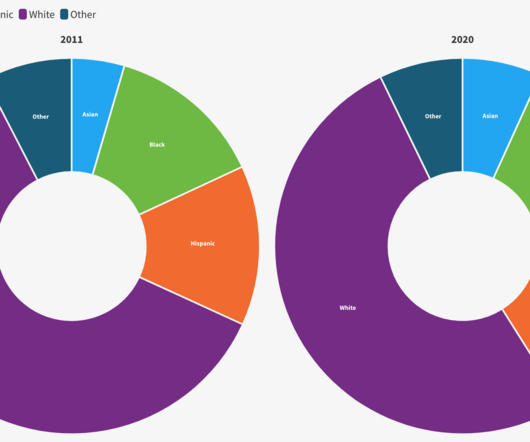The Enduring Power of Print for Learning in a Digital World
Digital Promise
OCTOBER 29, 2018
Today’s students see themselves as digital natives , the first generation to grow up surrounded by technology like smartphones, tablets and e-readers. We’ve seen more investment in classroom technologies , with students now equipped with school-issued iPads and access to e-textbooks. Speed – at a Cost.


















Let's personalize your content